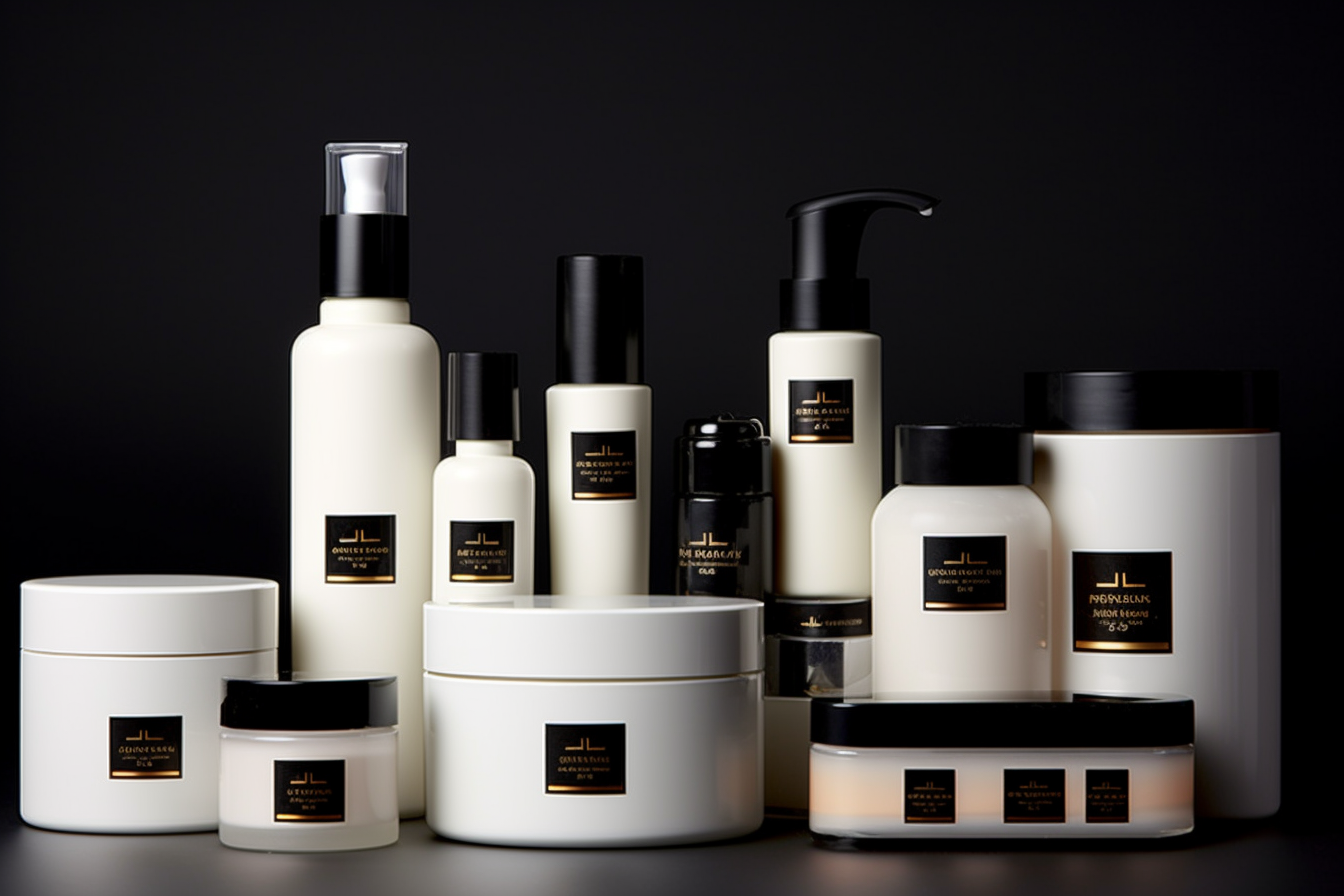- Pet test cosmetics: A move towards cruelty-free products
- Understanding preservative efficacy tests in cosmetics
- Required documentation: Product Information File (PIF)
- Are Dermatological Tests on Humans Required for Cosmetics?
- Advantages of pet test cosmetics
- Challenges in implementing pet test cosmetics
- Conclusion: A brighter future for cosmetics without animal testing
In recent years, there has been a growing awareness and concern regarding animal testing in the cosmetics industry. As a result, many consumers are now demanding transparency and opting for products that have undergone pet test cosmetics. To better understand this topic, let’s delve into the various aspects of pet testing and its importance in ensuring safe cosmetic products.
Pet test cosmetics: A move towards cruelty-free products
The demand for cruelty-free products is on the rise, with many conscious consumers choosing to support brands that do not engage in animal testing. Pet test cosmetics refer to those products that have been tested using alternative methods instead of animal subjects. These alternative methods can often provide more accurate results and are generally considered more ethical.
A shift from traditional animal testing
Conventional animal testing involves the use of animals, such as mice, rabbits, and guinea pigs, to assess the safety and efficacy of cosmetic products. This often involves subjecting these creatures to painful procedures and eventually euthanizing them. Thankfully, modern advancements in technology have allowed scientists to develop alternatives to animal testing, thereby reducing the need for such cruel practices.
Understanding preservative efficacy tests in cosmetics
One essential aspect of pet test cosmetics is the preservative efficacy test, which evaluates the ability of a product to prevent the growth of microorganisms. Cosmetic products typically contain water, oils, and other ingredients that can foster the growth of bacteria, yeast, and mold. Preservatives are added to these products to inhibit microbial growth and ensure their safety and shelf life.
How does a preservative efficacy test work?
This test is carried out by artificially contaminating a cosmetic product with a known number of microorganisms. At predetermined time intervals, samples are taken from the product and analyzed for microbial growth. The results help determine whether the preservatives in the product are effective at inhibiting the proliferation of these microorganisms.
Required documentation: Product Information File (PIF)
When it comes to pet test cosmetics, manufacturers must maintain proper documentation to demonstrate that their products are safe and comply with regulatory standards. One such crucial document is the Product Information File (PIF), which serves as a comprehensive dossier containing all relevant information about the cosmetic product.
What does a PIF include?
- Description of the cosmetic product, including its formulation, packaging, and labeling
- Data on safety assessments, including toxicological profiles, exposure levels, and any potential adverse reactions
- Information on the manufacturing process and quality control measures employed
- Details of pet testing conducted for the product, including alternative testing methods used
Having a thorough and up-to-date PIF is essential for manufacturers to ensure that their cosmetic products meet safety guidelines and provide adequate information for consumers.
Are Dermatological Tests on Humans Required for Cosmetics?
Dermatological testing for cosmetics is necessary to ensure the safety and effectiveness of products. These tests involve assessing the potential skin reactions, irritation, and allergies that individuals may experience. By conducting these tests on human subjects, we can accurately evaluate the suitability of cosmetics, minimize risks, and enhance consumer protection.
Advantages of pet test cosmetics

Opting for pet test cosmetics offers several benefits to both manufacturers and consumers alike. Some of these advantages include:
- Ethical considerations: By choosing pet test cosmetics, manufacturers demonstrate their commitment to ethical business practices and animal welfare.
- Regulatory compliance: Many countries are increasingly implementing regulations that ban or restrict the use of animal testing in cosmetics. Adopting pet testing methods can help businesses remain compliant and avoid potential penalties.
- Consumer appeal: As awareness about animal testing grows, many consumers prefer cruelty-free products. Offering pet test cosmetics can help brands cater to this demand and enhance their reputation among conscious shoppers.
- Improved accuracy: In some cases, alternative testing methods may provide more accurate results than traditional animal tests, leading to safer and more effective cosmetic products.
Challenges in implementing pet test cosmetics
While the advantages of pet test cosmetics are undeniable, some challenges remain in the widespread implementation of these alternative testing methods. Some of these hurdles include:
- Lack of knowledge and experience with alternative testing techniques among industry professionals
- High costs associated with developing and validating new testing methods
- Regulatory discrepancies between countries, with some still requiring animal testing for certain types of products or ingredients
Despite these challenges, the overall trend towards pet test cosmetics is gaining momentum as more businesses and consumers recognize the ethical and practical benefits of adopting these cruelty-free alternatives.
Conclusion: A brighter future for cosmetics without animal testing
As we move forward, pet test cosmetics will likely become increasingly commonplace, with advancements in technology making it easier for manufacturers to adopt alternative testing methods. By embracing this shift towards cruelty-free practices, cosmetic companies can not only contribute to a more humane world but also create products that resonate with a growing number of ethically-minded consumers.
